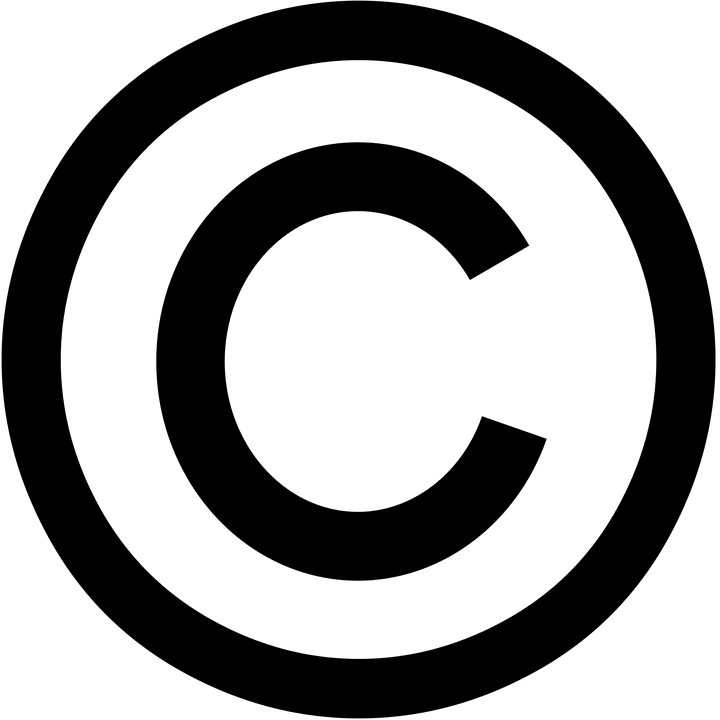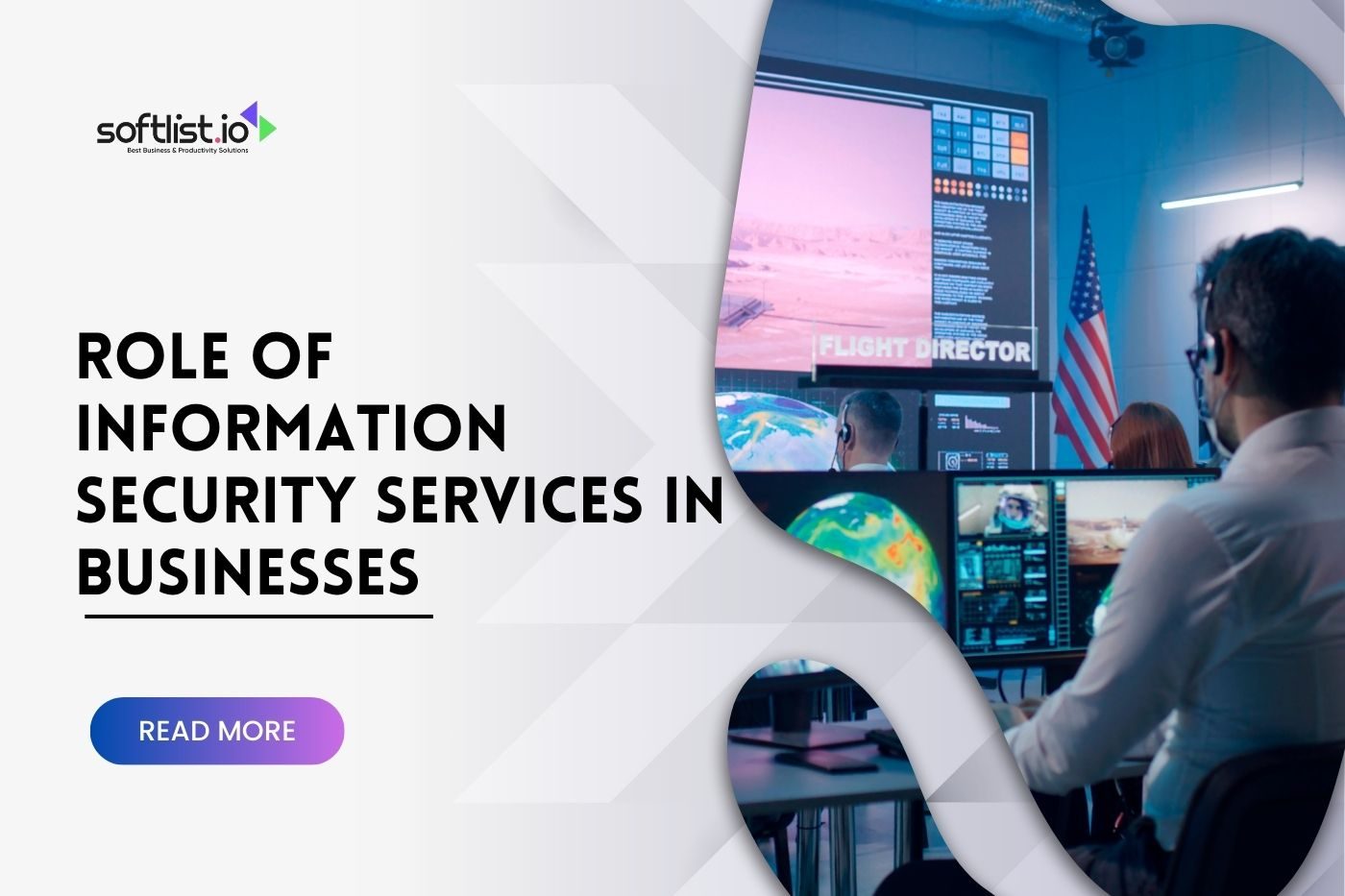As more and more content is watched online, Digital Rights Management has become a critical issue in the digital age. Digital rights management systems protect the rights of both creators and distributors. They cover music, videos, eBooks, and software on their computers.
DRM is useful in some ways, but it can also make people angry because they might need help to get to or use their digital content the way they want to. We’ll learn about digital rights management (DRM) in this piece.
Then we can look at what it is, how it works, and how it affects both people who use content and people who make it. DRM is necessary to understand whether you make or use content in the digital age. So let’s start learning more about this tricky subject.
What Is Digital Rights Management

DRM, which stands for “digital rights management,” is a way to protect digital media copyrights. This plan uses technologies that stop materials from being copied. It also has special software that anyone else can’t copy or use.
DRM software lets publishers or authors control what people who pay for their works can do with them. Users can’t get to or use certain assets when a company uses digital rights management or processes. It keeps them from getting in trouble with the law if they use the images without permission. DRM technology is becoming an increasingly important part of confidential employee data safe today.
Online piracy has become the worst thing since peer-to-peer file-sharing services. For example, torrent sites have become more popular. People who steal things are not caught by DRM. Instead, they make it impractical to steal or give the content to other people.
Importance Of DRM In The Digital Age

In the digital age, Digital Rights Management is important because it protects content creators’ intellectual property rights and ensures they are paid fairly for their work. DRM technologies stop people from copying and sharing digital content without permission. It helps creative works stay valuable and good.
Without DRM, there wouldn’t be much reason for people to make high-quality digital content. It could be easily stolen and shared without their permission to control access. This could make people less innovative, open to new ideas, and less creative.
Without DRM, consumers would also be in danger. They might download malware or copies of software, music, or movies that aren’t legal by accident. It could hurt their devices or steal information about them.
In the digital age, DRM is necessary. It helps people come up with new ideas and protects their rights. It ensures that the people who make it and those who use digital content get something out of it. DRM works to make the digital ecosystem fair and long-lasting. It works for everyone because it stops people from copying and sharing without permission.
How DRM Works

Digital Rights Management is a way to control who can see digital content using different technologies and methods. People won’t be able to copy, share, or pass things like audio files without permission. DRM usually involves encrypting digital content to make it hard for people who shouldn’t be able to access it to do so.
Who can see the content is decided by the person who owns it or by a person who is allowed to share it. They can do this by giving out passwords, licenses, or digital certificates. The DRM system checks the user’s credentials. When the content is accessed, it contains to see if they have the correct permissions to see it.
If the user’s credentials are not valid, the content may be blocked, or the user may be sent to a payment page to buy a license. DRM technology changes to keep up with how digital content changes and how pirates get better at stealing it.
Overall, DRM adds an essential layer of protection for the people who make and distribute content. It gives them control over who can see their content and makes sure they get paid fairly for their work.
DRM Limitations

Digital Rights Management is a crucial way to protect digital content and stop online piracy, but it has its limits. Digital Rights Management can make it hard for users to access and use digital content in a legal way, which is a big problem. For example, even if a user bought the content legally, they might not be able to access it if they lose their password or license key.
Also, different Digital Rights Management systems might not work with each other, making it hard for users to access content on multiple devices or platforms. DRM systems can also be hard to set up and sometimes cost money. It may need maintenance and support regularly, which can add to the cost of getting content to people.
Lastly, DRM can sometimes be worked around or broken. People who want to steal digital content can still find ways to get and share it. DRM is a valuable way to protect the intellectual property even with these issues. It ensures that people who make and share content get paid fairly for what they do.
DRM Technologies

Digital Rights Management, is a group of technologies used to control who can access what. It can use digital music, videos, and digital software. The main goal of DRM technologies is to stop unauthorized users from copying digital content without permission.
Different DRM systems use different kinds of encryption and access control to protect digital assets. It makes sure that only the right people can get to it. Microsoft’s PlayReady is one of the most well-known Digital Rights Management technologies today. But you can also use Apple’s FairPlay and Google’s Widevine.
You can use many tools and features in these technologies in protecting digital content. They ensure that the people who make and share it can control it and make money.
Digital Rights Management technologies will continue to be an important way to protect intellectual property as the use of digital content grows. It ensures that people who create content get paid fairly for what they do.
What People Do With Digital Rights Management
Digital Rights Management is a set of technologies and methods to control who can restrict access. It uses digital content and intellectual property. It is often used in the music, film, and publishing industries. It is to stop digital content from being copied, shared, and distributed without permission.
Here are a few examples of how people use DRM:
Protect Intellectual Property:
Digital Rights Management keeps digital content, like music, movies, and books, from being stolen or shared without permission. It ensures that people who create content get paid for it and can control how their work is used and shared.
Control Access:
Digital Rights Management can control who can see digital content by making users enter a password or login information. This is often used in services where paying users are the only ones who can see the content.
Limit Use:
Digital Rights Management (DRM) can limit how digital content can be used, like how many times it can be copied, printed, or shared. This is often used in educational materials to stop them from being transferred without permission.
Enable licensing:
DRM can make it possible for content creators and distributors to sign licensing agreements. This lets content be used in different ways while still protecting the content creator’s rights.
But DRM has also been criticized because it makes it harder for users to get to and use digital content in legal and fairways. For example, they were making backups or using the same content on different devices. Some say DRM can be too strict and make the user experience terrible.
DRM In The Entertainment Industry

Digital Rights Management (DRM) is a set of technologies and methods used in the entertainment industry. It can control who can watch movies, listen to music, or watch TV shows. The main goal of DRM in the entertainment industry is to stop people from stealing digital content. They can easily give it to other people without permission.
Some ways that DRM is used in the entertainment business are listed below:
Digital Content Protection
Digital Rights Management (DRM) keeps digital content, like movies and music, from being copied and shared without permission. This is done by encrypting the content and only letting people who have the proper licenses and rights to access it see it.
Streaming Services
Netflix and Hulu are two examples of streaming services that use DRM to control who can see their content. This ensures authorized users can only see the content if they have an active subscription. It stops people from sharing their login information without permission.
Digital Downloads
DRM is often used on digital downloads of movies, music, and other content to stop people from sharing files without permission. This can include limiting how many devices can play the file and how many times you can copy it.
Ebooks
DRM is often used on ebooks to stop content from being shared and copied without permission. This could mean that the ebook can only be read on a certain number of devices or that they can only print it a certain number of times.
DRM can help stop piracy and protect the rights of content creators. It has also been criticized for making it harder for people to use and enjoy the content they have paid for. Some people say that DRM can make the user experience terrible and make it harder for people to use the content they’ve bought legally and fairly.
DRM And Consumer Rights
Digital content DRM is controversial. Some people say that it goes against the rights of consumers. DRM makes it hard to use and access digital content, which can be frustrating for people who feel like they need help to do what’s right.
DRM can stop buyers from using their content fairly and legally, like making copies for backup or using it on more than one device. Content creators say that DRM is necessary to stop theft and protect their intellectual property (IP).
It is essential to find a balance between the rights of people who make digital content and the rights of people who use it. It should be talked about a lot because it is so important.
DRM And The Future Of Digital Content

As the world becomes increasingly digital, DRM and how it will affect the future of digital content is a critical issue. DRM has done an excellent job of stopping piracy and protecting the rights of people who make content. It has also been criticized for making it harder for people to use and enjoy the content they paid for.
As more and more people use digital content, it’s more important than ever to find a way to protect the rights of content creators. You can do it without making it too hard for people to use digital content. The future of digital content will depend on how people talk about DRM.
Everyone needs to work together to make sure that digital content is safe and that everyone can access it. It will be essential to develop new tools and methods that meet the needs of both the people who make content and those who use it. It is to ensure digital content has a stable and fair future.
Final Thoughts
Digital Rights Management (DRM) is an integral part of the digital world. It helps protect the rights of people who make and share content. DRM has both pros and cons. It’s essential for people who create content and use it to know how it works.
DRM systems stop people who shouldn’t be using digital content from doing so, but they can also limit how users can get to and use their content. As technology gets better, more and more DRM systems are being used. You should know what is going on in this area.
DRM is necessary to understand in the digital age, and we hope this article has helped you learn more about this complicated topic. It’s essential to know about DRM and how it affects what you can and can’t do with digital content, whether you make it or use it.
Frequently Asked Questions
What is the importance of digital rights?
Freedom of speech and privacy have a lot to do with digital rights. It lets people get to digital media, uses it, make it, and share it. It can be part of accessing and using computers, other electronic devices, and communication networks.
Human rights have been updated for the Internet age to include digital rights.
What are examples of digital rights management?
Digital rights management uses encryption, watermarking, access controls, and copy data protection regulations. These protect the creators’ and owners’ intellectual property rights. It can save their digital content like music, movies, and ebooks by making it harder to access, copy, and share that content. DRM technologies like Apple’s FairPlay, Microsoft’s Windows Media DRM, and Adobe’s Content Server.
What is the problem with digital rights management?
People have said DRM technologies are harmful. They make it hard for people to legally copy or use content, like by making backup copies or using fair use.
What is a related embed code?
You can add videos, photos, and other media from other websites or blogs to your own using HTML code.
Related embed codes show items that are related to what the user sees at the moment. If you embed a video on your website, a linked embed code may show other videos from the same channel or about the same topic.
Related embed codes interest people and show them more things they may like. They can also find new and relevant stuff without having to search.
What are the components of digital rights management?
Data protection and data management are the two main goals of digital rights management. It does these things in two different ways. First is encryption, which keeps valuable content from being used or copied without permission. Governance: The encryption key is tied to a set of rules that it must follow before it can be used.






